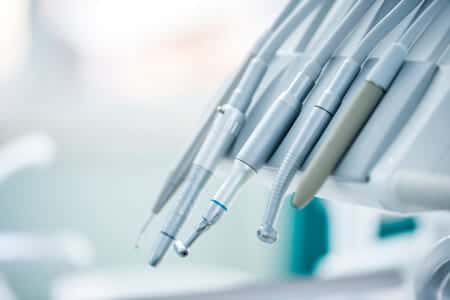Child Suffers Respiratory Failure During Dental Procedure
Updated on
This case involves a child who presented to a pediatric dentist for a cavity filling. Before the start of the procedure, the child was placed under general anesthesia. After he was anesthetized, the dentist told the child’s parents that he needed to surgically remove an inflamed pulp chamber that had been compromised due to bacterial decay. The dentist insisted that this was for the child’s well-being, and would prevent infection. While under general anesthesia, the child suffered respiratory failure. The child was rushed to the hospital but died within the hour.
Question(s) For Expert Witness
1. How often do you treat patients like the one described?
2. What safeguards should be in place when a dental procedure is to be performed under general anesthesia?
Expert Witness Response E-096373
![]() I treat patients such as the one in this case weekly. Children scheduled for treatment under general anesthesia must have a physical examination performed within 30 days prior to the procedures. In situations where there is a medically compromising condition, the patient has a consultation visit with the physician treating the child and must be cleared by this specialist before treatment is scheduled. A pulpotomy is a procedure that is performed when a primary tooth has a nerve exposure due to caries or trauma. When caries reaches the nerve, it is likely to require this treatment and is detected when the child experiences elicited discomfort. In the case of a child this young, this would be difficult to determine as children that age are unable to express the symptoms well. Therefore, the patient's determination is typically assessed during the treatment phase based on the nearness to the nerve area of the tooth and the history given by the parent. Records, including x-rays, help to make this determination. However, generally, children at this age will not tolerate that procedure prior to treatment. Thus, the x-rays may be taken once the child is asleep. If x-rays were taken in this case, then an evaluation of the teeth can be rendered depending upon the diagnostic quality of the x-ray. The absolute diagnosis will be ascertained during the treatment phase if a nerve exposure occurs during the caries removal phase.
I treat patients such as the one in this case weekly. Children scheduled for treatment under general anesthesia must have a physical examination performed within 30 days prior to the procedures. In situations where there is a medically compromising condition, the patient has a consultation visit with the physician treating the child and must be cleared by this specialist before treatment is scheduled. A pulpotomy is a procedure that is performed when a primary tooth has a nerve exposure due to caries or trauma. When caries reaches the nerve, it is likely to require this treatment and is detected when the child experiences elicited discomfort. In the case of a child this young, this would be difficult to determine as children that age are unable to express the symptoms well. Therefore, the patient's determination is typically assessed during the treatment phase based on the nearness to the nerve area of the tooth and the history given by the parent. Records, including x-rays, help to make this determination. However, generally, children at this age will not tolerate that procedure prior to treatment. Thus, the x-rays may be taken once the child is asleep. If x-rays were taken in this case, then an evaluation of the teeth can be rendered depending upon the diagnostic quality of the x-ray. The absolute diagnosis will be ascertained during the treatment phase if a nerve exposure occurs during the caries removal phase.
Subscribe to our newsletter
Join our newsletter to stay up to date on legal news, insights and product updates from Expert Institute.
Sign up nowFind an expert witness near you
What State is your case in?
Subscribe to our newsletter
Join our newsletter to stay up to date on legal news, insights and product updates from Expert Institute.


